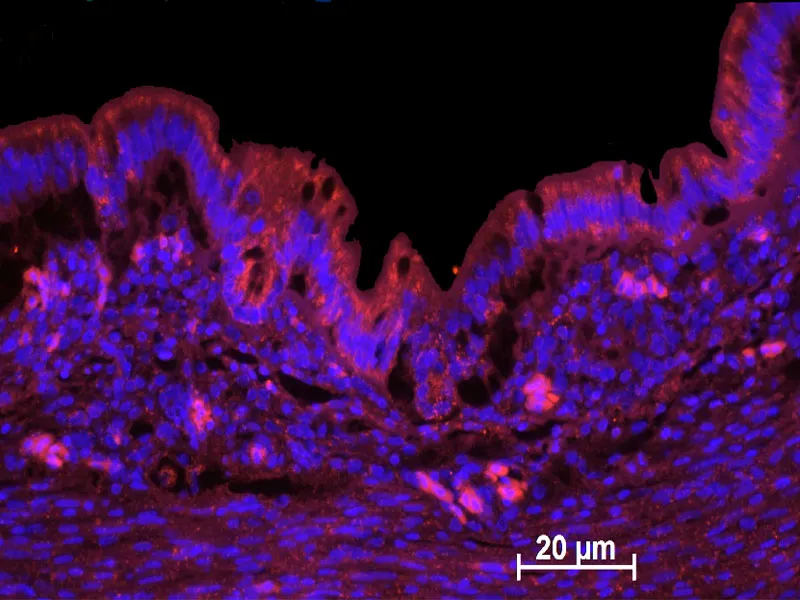Poult Intestinal Organ Culture for Propagation of Turkey Coronavirus and Assessment of Host-virus Interactions
DOI:
https://doi.org/10.24070/bjvp.1983-0246.004005Keywords:
Apoptosis, Turkey coronavirus (TCoV), intestinal organ cultureAbstract
Infection of young poults with turkey coronavirus (TCoV) produces a syndrome characterized by acute enteritis, diarrhea, anorexia, ruffled feathers, decreased body weight gain and uneven flock growth. The objective of this study was to standardize an intestinal organ culture (IOC) in order to assess host-virus interaction related to apoptosis. For this purpose the Brazilian strain (TCoV/Brazil/2006 with GenBank accession number FJ188401), was used for infection. Infected IOC cells had mitochondrial dysfunction and initial nuclear activation with MTT value of 90.7 (± 2.4) and apoptotic factor 2.21 (± 2.1), considered statistically different from uninfected IOC cells (p > 0.05). The kinetics of TCoV antigens and viral RNA was directly correlated to annexin-V, caspases- 2 and -3, p53, BCl-2 antigens at 24, 72 and 96 h post-infection (p.i.). Morphological and biochemical features of apoptosis, such as in situ nuclear fragmentation (TUNEL and annexin-V) and DNA ladder formation were also detected in infected cells at all assayed p.i. intervals. Moreover, different from other coronaviruses, the expression of both effective caspase-2 and - 3 and p53 antigens were considered lower. However, at all p.i., the BCl-2 antigens were expressed quantitatively and qualitatively as viral antigen measured by immunofluorescence microscopy analysis. Because the diagnosis of TCoV infection is only performed by infecting embryonated poult eggs, the pathological characteristics related to host-virus interaction remain unclear. This is the first report on apoptosis of TCoV infected IOC, and reveals that it may be useful immunological method to assess virus pathogenesis.


